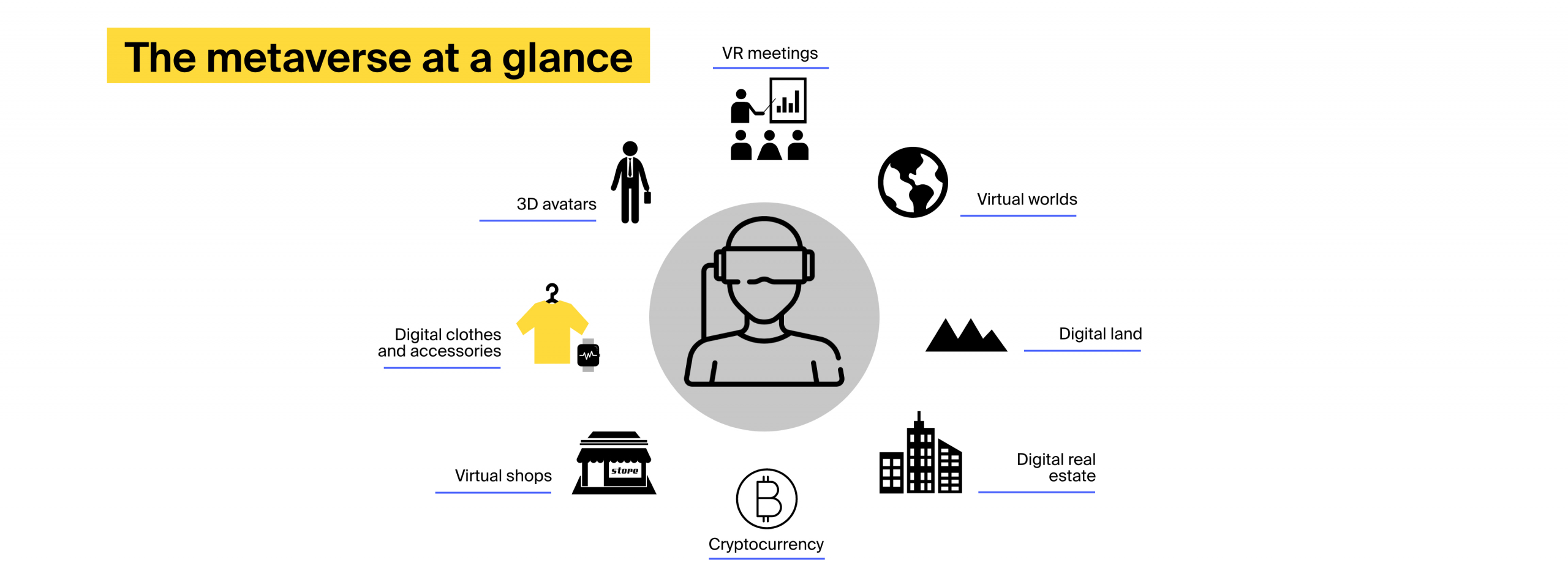Selling digital products is one of the key metaverse business opportunities. To facilitate this activity, content creators and buyers need to protect virtual assets. Here’s where
blockchain solutions in general (and non-fungible tokens in particular!) come into play.
A non-fungible token is an asset (think images, videos, audio clips,
virtual real estate, or event tickets) that has been created using digital media. Such assets bear marks of uniqueness, which include the date of creation, the tools that have been applied in the process, and the artist’s name, among others. These properties can be recorded in an NFT card driven by blockchain technology. Through tokenization, creators protect metaverse NFTs from being tampered with and can easily track their unauthorized usage.
Grimes, a popular Canadian musician,
has recently earned a whopping $5.18 million in mere minutes by selling ten digital images and videos from the WarNymph collection. The Nyan Cat creator
turned the original meme video into a one-of-a-kind piece of digital art and sold it for an equivalent of $590,000 in cryptocurrency. And Jack Dorsey, co-founder and former CEO of Twitter,
sold his first-ever tweet, which dates back to 2006 and basically reads “just setting up my twttr”, for $2.9 billion!













